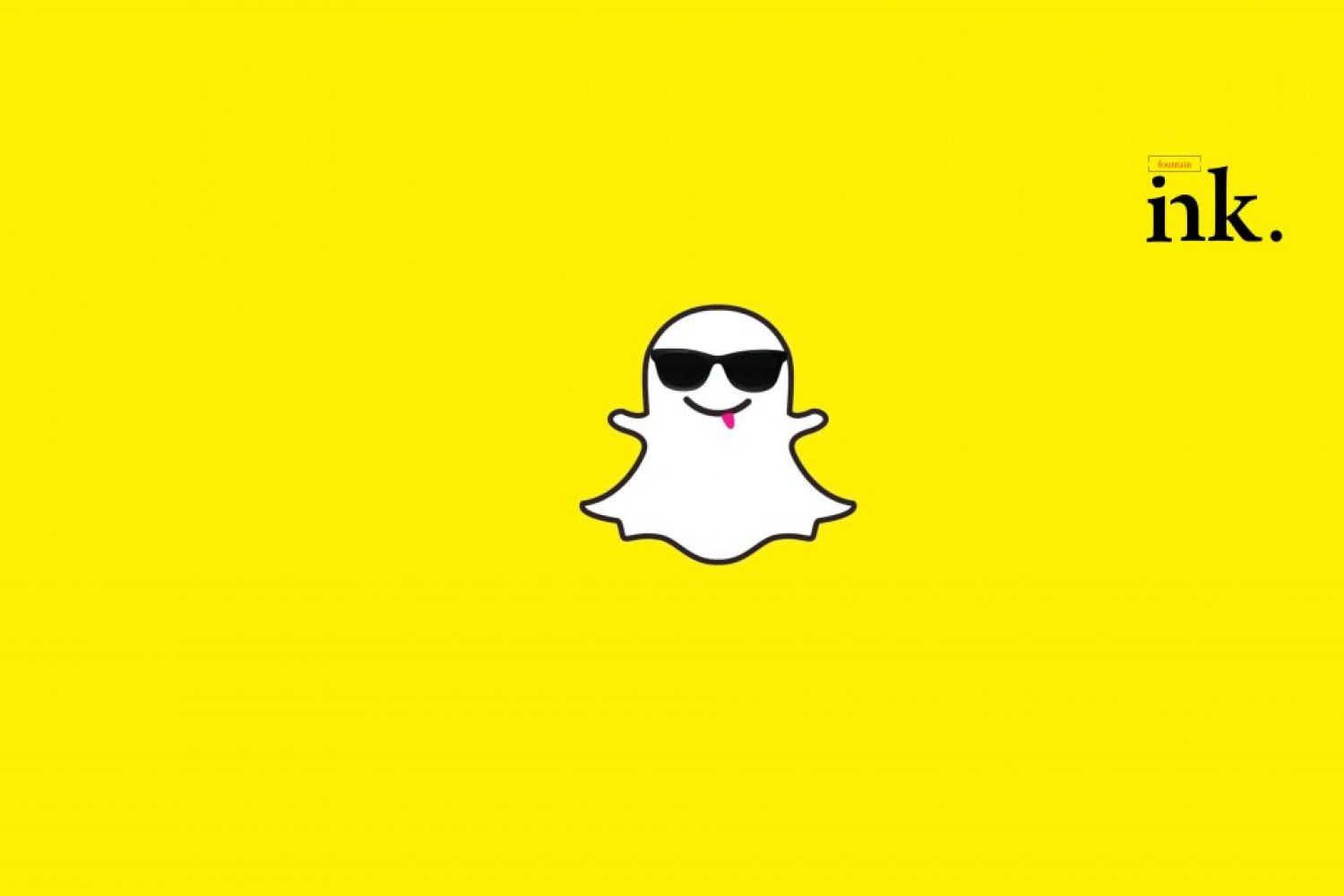
School’s out but she
can’t wait to get to the library. In the corner of the room, past stacks of
books on biology, is a safe where 9th and 10th graders deposit their mobiles at
the start of the day. She signs in the ledger and grabs her mobile, identifying
it by the diamante-encrusted initials on the back of the case: LV. Layla V. is
a Class X student.
“In the car,” she
writes to her mother on WhatsApp. It’s a picturesque drive from the heart of
colonial Mumbai in Fort, past t





